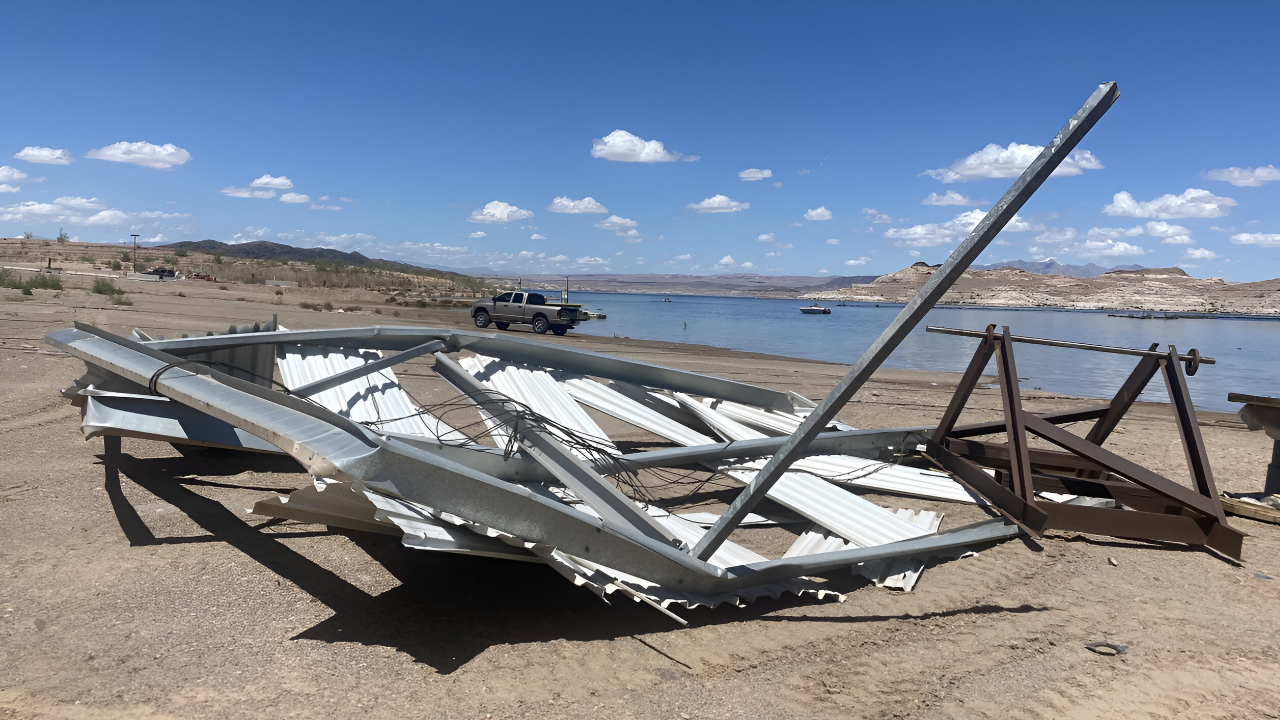
What began as a breezy desert morning quickly turned tense as fierce winds swept across Lake Mead, America’s largest reservoir. The National Weather Service issued an urgent wind advisory on October 14, warning of gusts up to 45 miles per hour. By midday, the calm blue waters that usually draw thousands of weekend visitors had transformed into a restless, churning expanse.
Rangers raced to alert boaters and urged them to seek cover. “Conditions can change faster than you think,” cautioned the NWS Las Vegas office in a public alert.
When the Lake Turns Against You
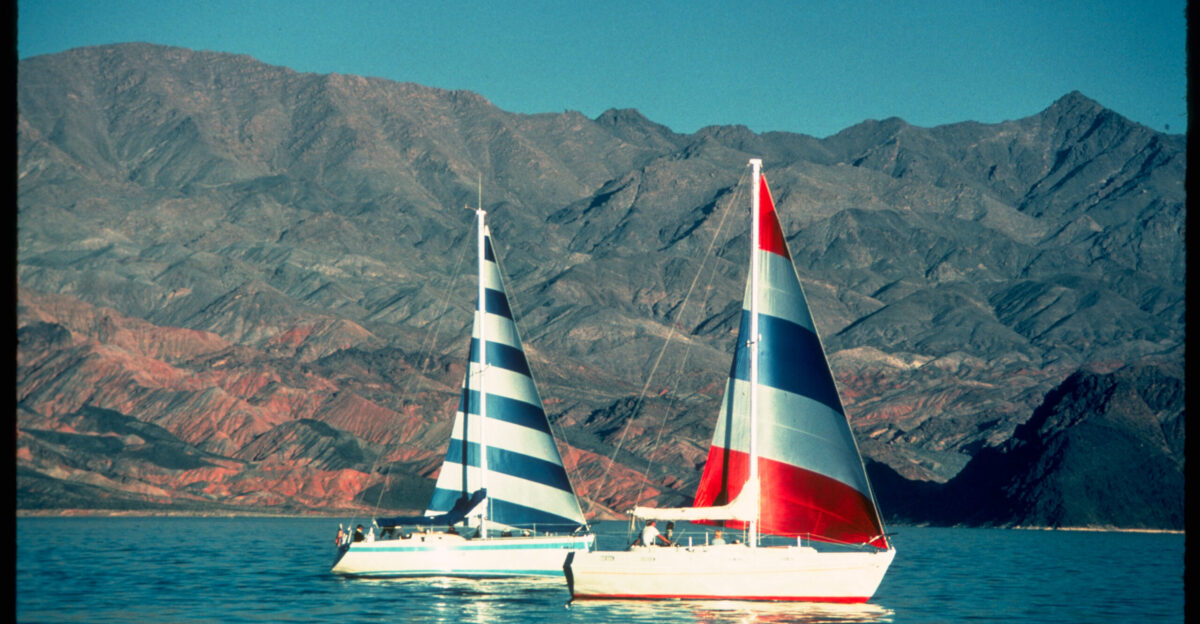
Boaters described the shift as both sudden and unnerving. One moment, the lake shimmered under the desert sun; the next, waves slammed against hulls, jolting passengers off balance. “It went from smooth to chaos in minutes,” one witness told KLAS Las Vegas.
The NWS warned that small vessels could easily capsize as gusts funneled through the surrounding canyons, creating rogue swells that challenged even seasoned skippers.
A Widespread Desert Storm
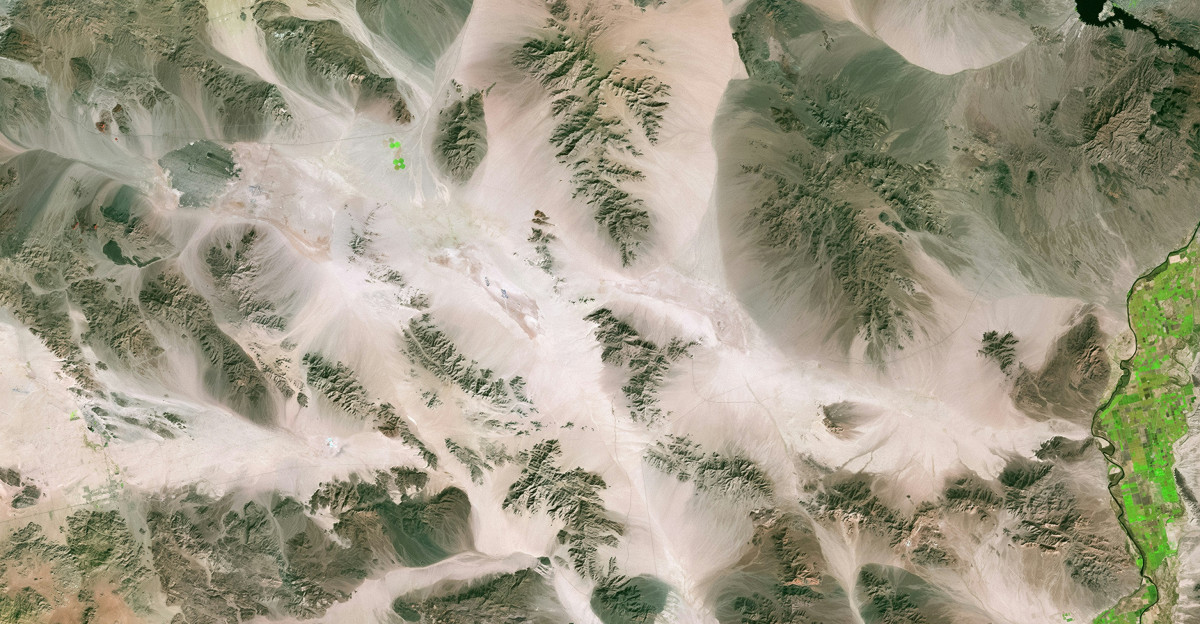
The winds didn’t stop at the shoreline. They tore through the Mojave and lower Colorado River basin, scattering tents, snapping branches, and toppling roadside signs across Nevada, Arizona, and California. Power lines swayed under the pressure, causing localized outages in several communities.
“When these desert winds ramp up, they don’t discriminate,” said NWS meteorologist John Adair. “Boaters, hikers, even drivers feel it.” The strongest gusts topped 50 mph in exposed areas, transforming the open desert into a curtain of blowing sand and dust.
Rangers Race to Clear the Water
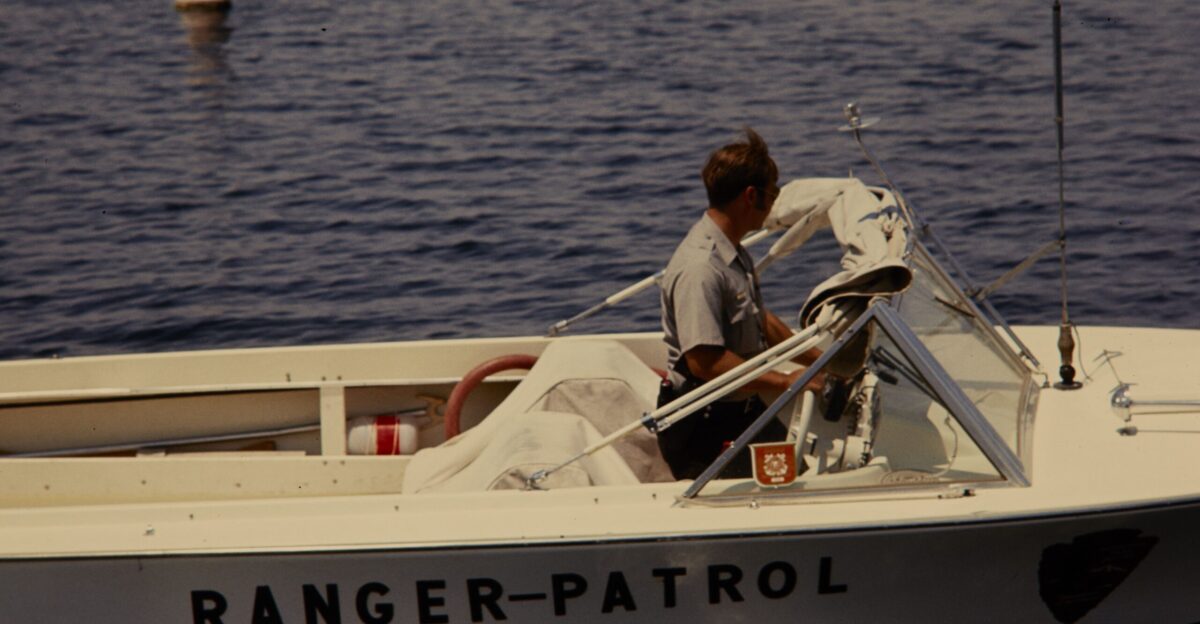
As the storm intensified, park rangers spread across Lake Mead’s marinas with urgent warnings. Boaters were told to move toward sheltered coves or dock immediately as the waves built higher. Many who hesitated quickly realized how fast the situation could deteriorate. “It looks calm, but that wind hits the water and builds a lot of energy underneath,” one ranger told The Review-Journal.
Past storms have flipped mid-sized vessels and scattered debris across the lake, turning once-idyllic outings into near-tragedies within minutes.
A Dangerous Mix of Wind and Water

The lake’s depleted water levels made everything more hazardous. With the reservoir at roughly 31% capacity, sharp rock formations once hidden below the surface lurk beneath the waves. The Bureau of Reclamation warned that those jagged ridges, combined with choppy water, can rip through a boat’s hull or propeller in seconds.
“It’s a perfect storm—literally,” one park official said. “Low water, high winds, and less margin for error.” Many longtime guides now treat strong gusts as nonnegotiable red flags to leave the water.
A History Written in High Winds

Lake Mead’s beauty has always come with risk. In 2023, powerful gusts overturned several boats and nearly claimed multiple lives before rangers intervened. Later that summer, a sudden squall near Boulder Basin capsized a small craft, killing one boater and injuring two others.
Those tragedies linger in local memory, reinforcing the reservoir’s reputation as both breathtaking and unpredictable. “It’s not the storms you see coming,” a marina worker told 8 News Now, “it’s the ones that arrive out of nowhere.”
Safety First, No Exceptions
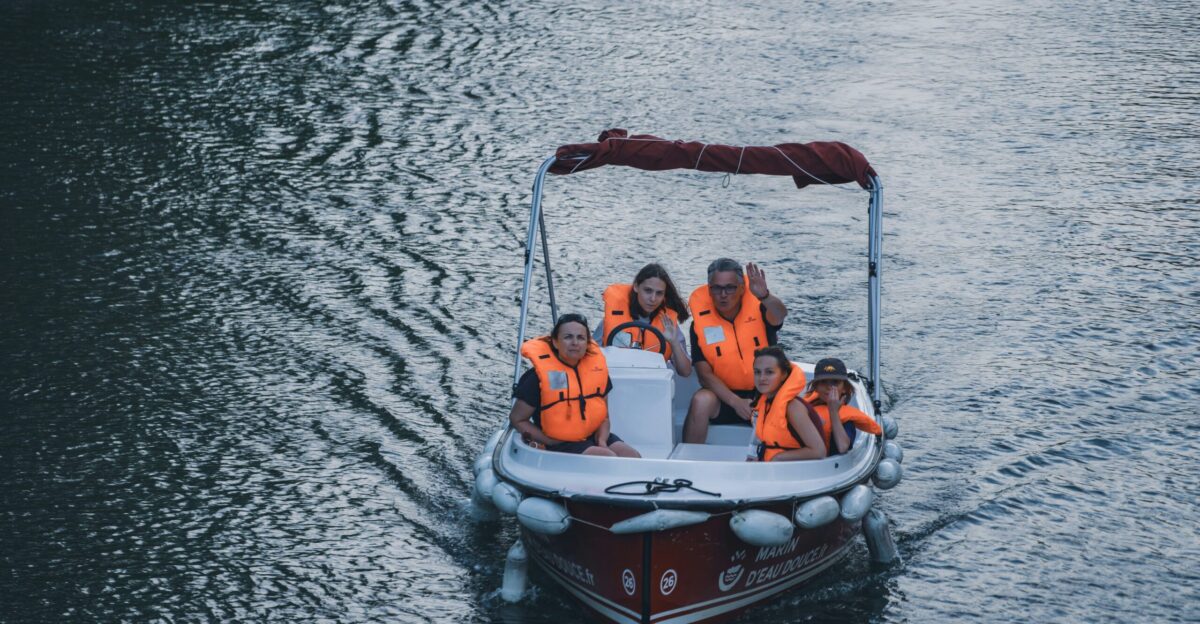
The National Park Service continues to press safety guidelines for all who visit the lake. Rangers emphasize the basics: wear life jackets, check the forecast, and never mix boating with alcohol. “It can go from a picture-perfect day to a survival situation in ten minutes,” NPS spokesperson Andrew Muñoz said.
The agency posts daily updates on social media to help visitors monitor conditions. Those alerts, officials say, have prevented countless accidents as weather patterns grow more erratic across the region.
Winds Roar Across the Southwest
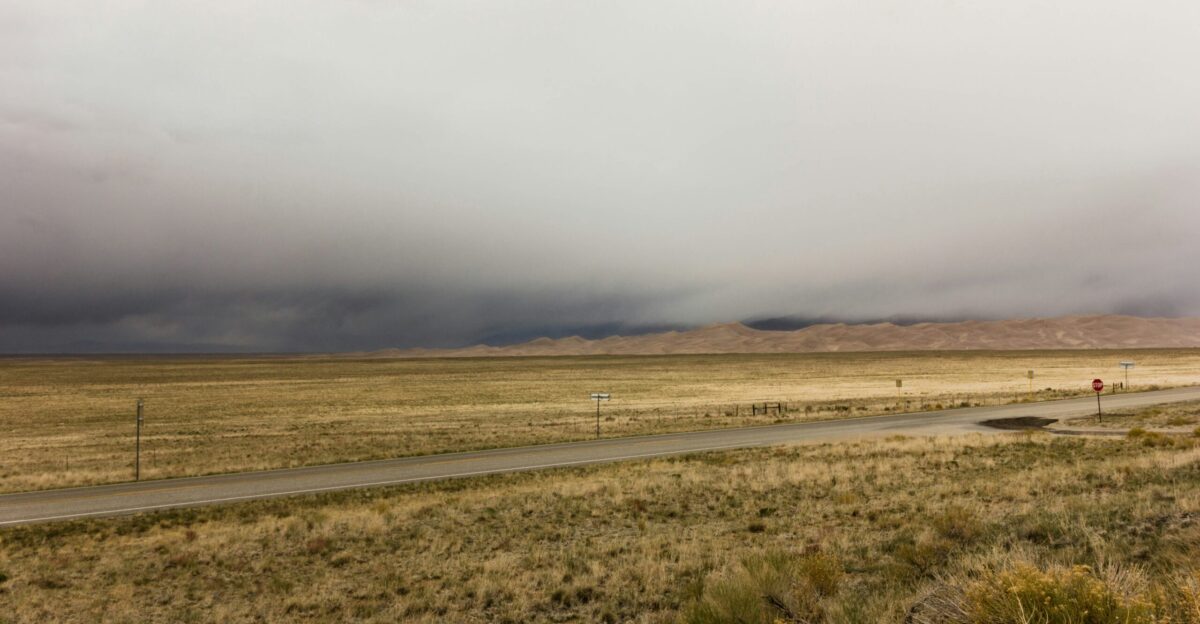
The advisory extended well beyond Nevada, sweeping through Arizona and Utah as gusts rattled vehicles and blanketed highways in dust. In Utah’s Washington County, trees were uprooted, and sand reduced visibility to near zero.
The NWS warned that tall vehicles—RVs, trucks, and trailers—were especially vulnerable on I-15 and U.S. 93, both heavily used by tourists heading to the lake.
Rescue Teams on Standby
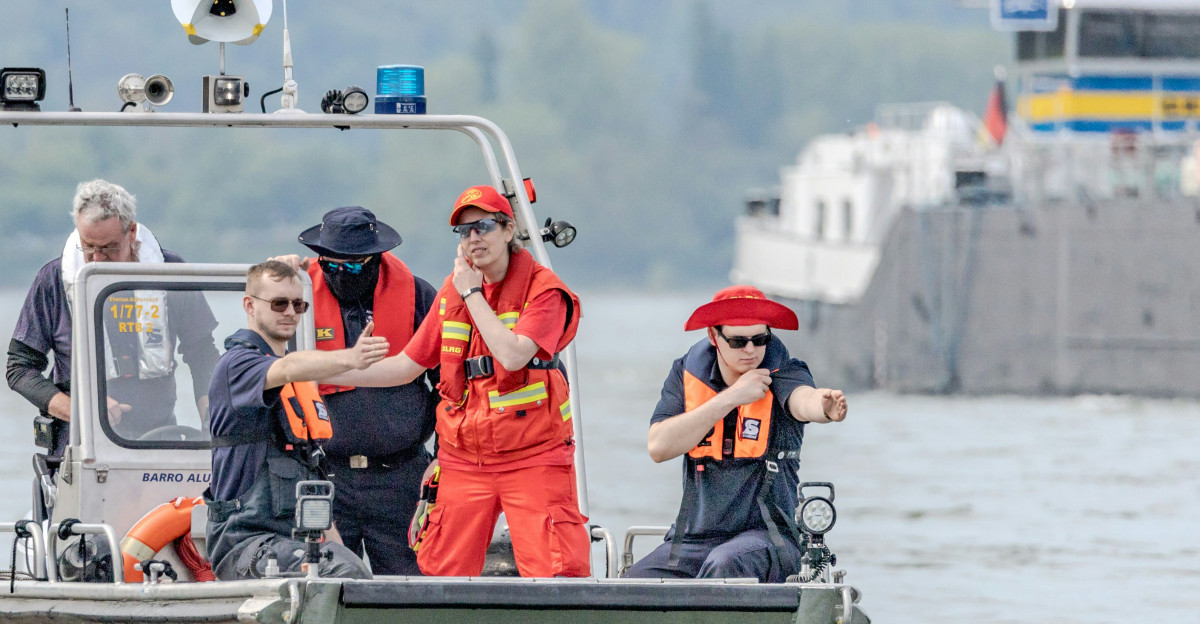
Emergency crews from local and federal agencies were placed on high alert. Rescue boats were prepped at multiple launch points, and radio checks were conducted hourly in case of distress calls. In past wind events, rangers have pulled stranded swimmers from the water and towed overturned vessels back to safety.
Officials reminded the public that “Preparedness saves lives,” urging visitors to carry radios, first-aid kits, and backup communication devices before venturing out on the lake.
Receding Waters Add to the Peril
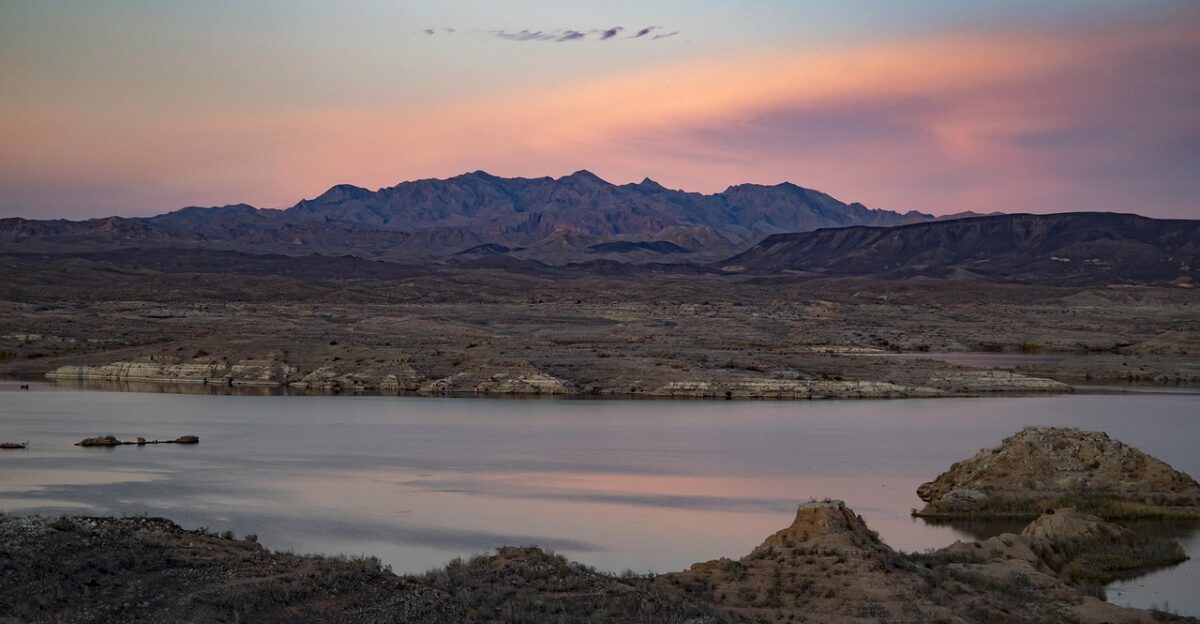
Lake Mead’s receding water levels continue to reshape its geography and dangers. According to Bureau of Reclamation data, the reservoir’s surface now hovers near 1,055 feet, roughly seven feet lower than this time last year.
Shallower waters create unpredictable wave reflections and expose ridges, destabilizing small craft during heavy gusts. With projections showing continued decline through 2027, experts warn that the combination of low depth and high winds will keep testing boaters’ skill and vigilance.
Marinas Forced to Pause Business
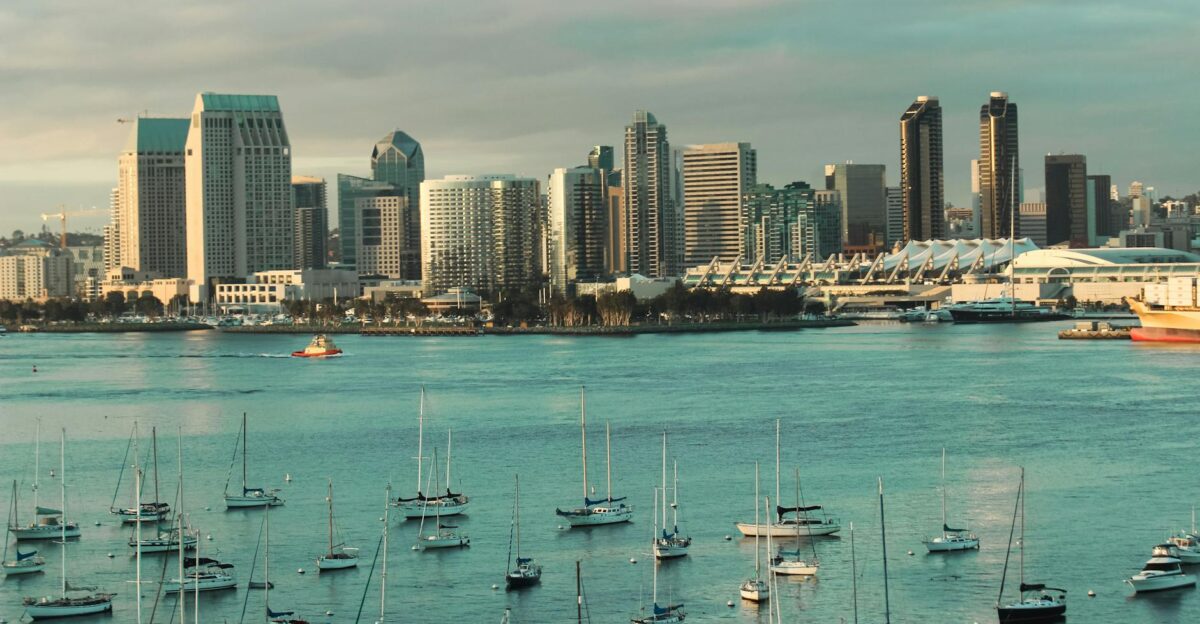
Local businesses also felt the storm’s impact. Marinas near Boulder City and Echo Bay temporarily suspended boat rentals, while tour operators issued refunds and rescheduled excursions. “We’d rather lose a day’s income than someone’s life,” one marina manager told 8 News Now.
The closures, though costly, were seen as necessary safety measures. Staff secured floating docks and refueled rescue boats in case of emergencies, a precaution that has become standard practice during periods of extreme wind.
Warnings Spread Fast Online
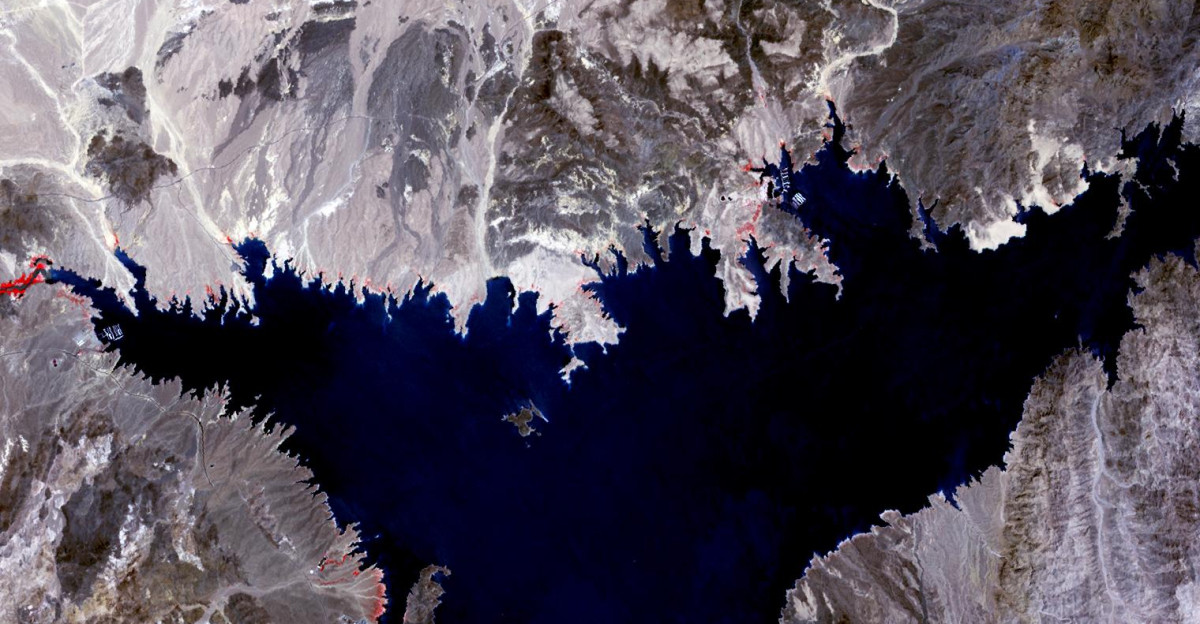
As conditions worsened, the NWS Las Vegas office turned to X to reach visitors in real time. “Strong winds expected—gusts up to 50 mph,” one post read. The agency shared satellite images and urged travelers to secure loose equipment and check forecasts before departing.
Those quick alerts often make the difference between calm caution and crisis, especially for boaters and campers who lose phone signal once they enter the surrounding canyons.
Lessons From Storms Past

Years of wind-related emergencies have shaped rescue teams at Lake Mead. In 2020, a sudden squall capsized several boats, triggering a large-scale rescue involving families and children. The operation taught rangers the importance of early warnings and constant radio contact.
“Every rescue we do teaches us something new,” one NPS officer said. The goal is to ensure people never need rescuing in the first place. Safety drills and storm simulations are now routine ahead of high-wind months.
What’s Driving the Winds
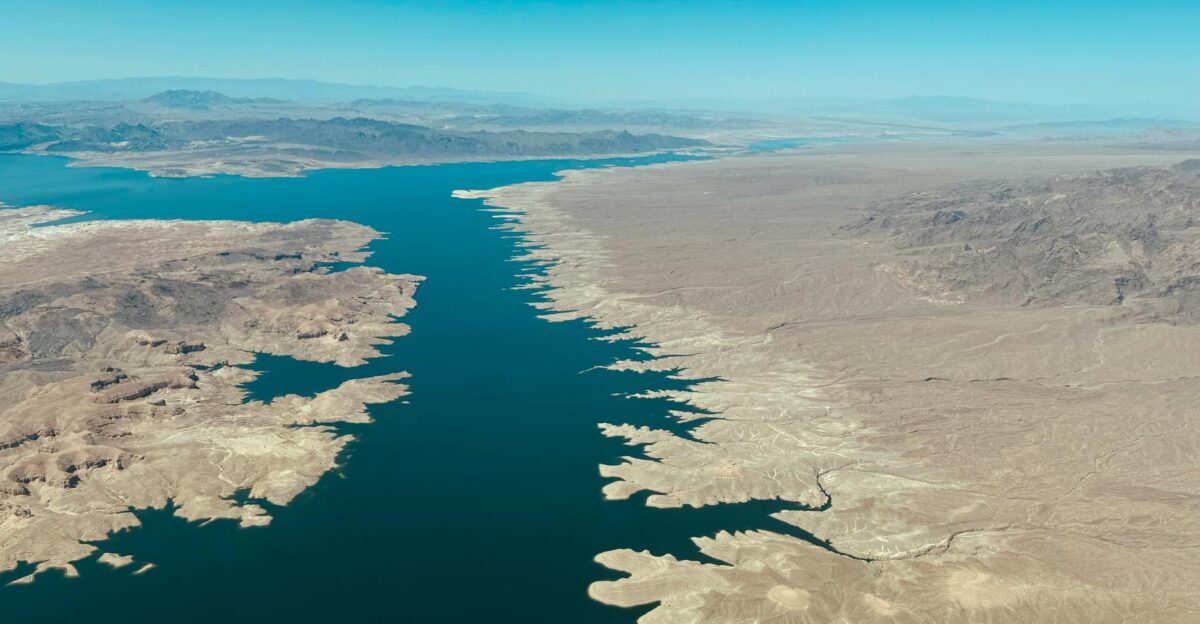
Meteorologists say the fierce gusts sweeping the Southwest stem from a mix of drought, shifting air pressure, and rising temperatures. As the land dries, air moves faster over open terrain—especially across exposed lakebeds like Mead’s.
“It’s nature recalibrating,” said Dr. Erin Saffell, climatologist at Arizona State University. “When the ground loses moisture, the wind gains momentum.” Experts predict more frequent desert gusts as climate patterns continue to evolve across the region.
Respect the Wind, Respect the Lake
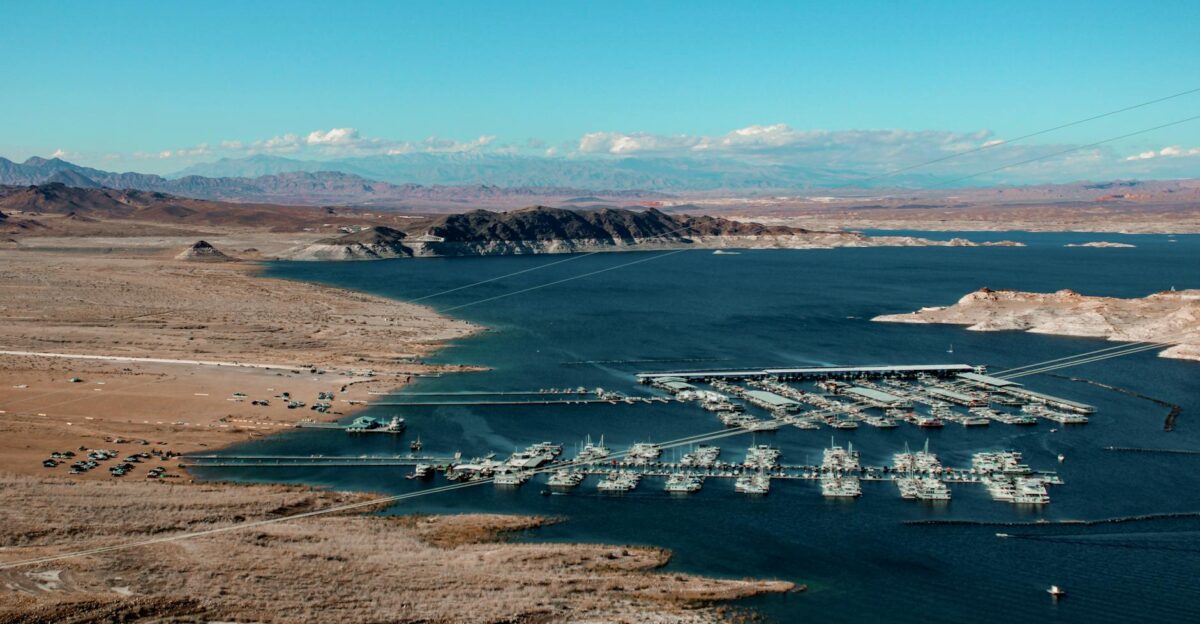
By week’s end, forecasts showed calmer days ahead, but the warning stands. Rangers continue to patrol shorelines, monitor wave patterns, and post daily safety updates. “Respecting the wind isn’t just advice—it’s survival,” one ranger said.
That message carries extra weight for millions drawn to Lake Mead’s shimmering waters. Beneath the sun and silence lies a powerful reminder that nature’s beauty and danger often move in the same gust of wind.